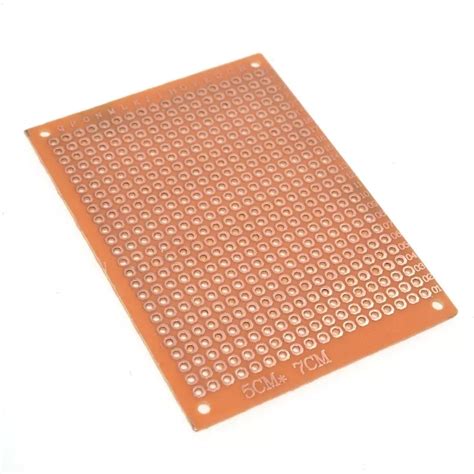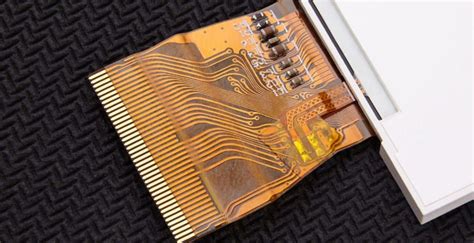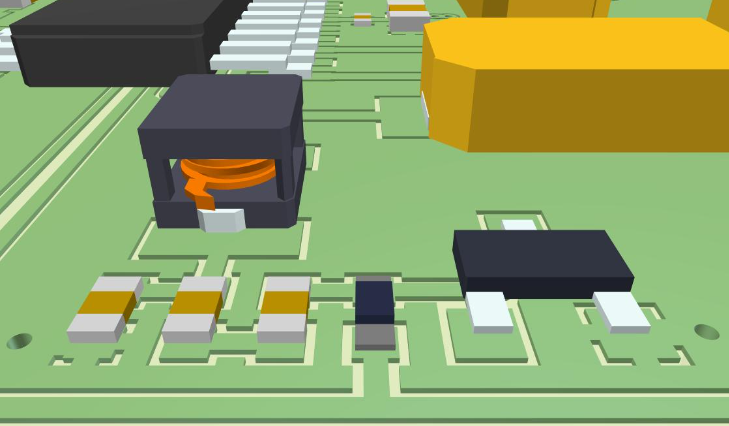Display flex pcb
Advantages Of Using Display Flex PCBs In Modern Electronics
Display flex PCBs, or flexible printed circuit boards, have become increasingly integral to the development and advancement of modern electronics. Their unique properties and advantages over traditional rigid PCBs make them a preferred choice for a wide range of applications.
One of the primary benefits of display flex PCBs is their inherent flexibility, which allows them to be bent, folded, or twisted without damaging the circuits.
This flexibility is particularly advantageous in the design of compact and lightweight electronic devices, where space is at a premium and traditional rigid boards would be impractical.
Moreover, the adaptability of display flex PCBs enables the creation of innovative product designs that were previously unattainable.
For instance, in wearable technology, the ability to conform to various shapes and surfaces is crucial. Flexible PCBs can be seamlessly integrated into clothing or accessories, providing functionality without compromising comfort or aesthetics. This adaptability extends to other sectors as well, such as automotive and aerospace industries, where space constraints and the need for lightweight components are critical considerations.
In addition to their physical flexibility, display flex PCBs offer enhanced reliability and durability.
The materials used in their construction are typically more resistant to environmental stressors such as vibration, shock, and temperature fluctuations. This resilience ensures that devices can maintain optimal performance even in challenging conditions, thereby extending their lifespan and reducing the likelihood of failure. Furthermore, the reduced number of connectors and interconnections in flexible PCBs minimizes potential points of failure, enhancing overall system reliability.
Another significant advantage of display flex PCBs is their potential for cost savings in both manufacturing and assembly processes.
The ability to integrate multiple components onto a single flexible substrate can reduce the need for additional materials and assembly steps, leading to lower production costs. Additionally, the streamlined design process can result in faster prototyping and time-to-market, providing a competitive edge in industries where rapid innovation is essential.
The versatility of display flex PCBs also facilitates the integration of advanced technologies such as touchscreens and sensors.
These components can be embedded directly into the flexible substrate, allowing for more compact and efficient designs. This capability is particularly beneficial in the consumer electronics sector, where the demand for multifunctional devices continues to grow. By incorporating these technologies into a single flexible PCB, manufacturers can create products that are not only more efficient but also more aesthetically pleasing.
Furthermore, the environmental impact of display flex PCBs is generally lower compared to traditional rigid boards.
The use of fewer materials and the potential for reduced energy consumption during manufacturing contribute to a more sustainable production process. As environmental concerns become increasingly important to consumers and manufacturers alike, the adoption of flexible PCBs can support efforts to reduce the carbon footprint of electronic devices.
In conclusion, the advantages of using display flex PCBs in modern electronics are manifold. Their flexibility, reliability, cost-effectiveness, and environmental benefits make them an attractive option for a wide range of applications. As technology continues to evolve, the role of flexible PCBs in enabling innovative designs and enhancing device performance is likely to expand, solidifying their position as a cornerstone of modern electronic engineering.
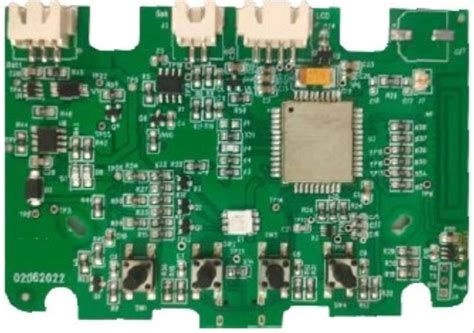
Design Considerations For Display Flex PCBs
In the realm of modern electronics, display flex PCBs (Printed Circuit Boards) have emerged as a pivotal component, offering unparalleled flexibility and adaptability in design. As the demand for more compact and versatile electronic devices continues to rise, understanding the design considerations for display flex PCBs becomes increasingly crucial. These flexible circuits are integral to a wide array of applications, from smartphones and wearable technology to advanced medical devices and automotive displays. Consequently, designers must navigate a complex landscape of requirements to ensure optimal performance and reliability.
To begin with, material selection is a fundamental aspect of designing display flex PCBs.
The choice of substrate material significantly influences the board’s flexibility, durability, and thermal management capabilities. Polyimide is a popular choice due to its excellent thermal stability and mechanical properties, which are essential for applications that require repeated bending and flexing. However, designers must also consider the cost implications and the specific environmental conditions the PCB will encounter, such as exposure to moisture or extreme temperatures.
Transitioning from material considerations, the layout design of a display flex PCB demands meticulous attention.
The layout must accommodate the unique mechanical properties of flexible circuits, ensuring that traces and components are strategically placed to minimize stress and potential failure points. Designers often employ techniques such as staggered trace routing and the use of curved traces to distribute mechanical stress more evenly across the board. Additionally, the placement of components should be optimized to avoid areas of high flexing, which could lead to solder joint fatigue and eventual failure.
Moreover, the integration of display flex PCBs into devices necessitates careful consideration of the interconnection methods.
The choice between using connectors, soldering, or adhesive bonding can significantly impact the overall reliability and performance of the device. Connectors offer the advantage of easy assembly and disassembly, which is beneficial for repair and maintenance. However, they may introduce additional bulk and potential points of failure. On the other hand, direct soldering provides a more compact solution but requires precise control over the soldering process to prevent damage to the flexible substrate.
In addition to these technical considerations, the manufacturing process for display flex PCBs presents its own set of challenges.
The inherent flexibility of these circuits requires specialized handling and processing techniques to prevent damage during fabrication. For instance, the use of automated equipment must be carefully calibrated to accommodate the delicate nature of the flexible substrate. Furthermore, quality control measures must be rigorously implemented to detect and address any defects that could compromise the functionality of the final product.
As we delve deeper into the realm of display flex PCBs, it becomes evident that collaboration between designers, manufacturers, and end-users is essential. By fostering a comprehensive understanding of the specific requirements and constraints of each application, stakeholders can work together to develop innovative solutions that push the boundaries of what is possible with flexible electronics. In conclusion, the design considerations for display flex PCBs are multifaceted and demand a holistic approach that balances material properties, layout design, interconnection methods, and manufacturing processes. As technology continues to evolve, these considerations will undoubtedly play a critical role in shaping the future of electronic device design.
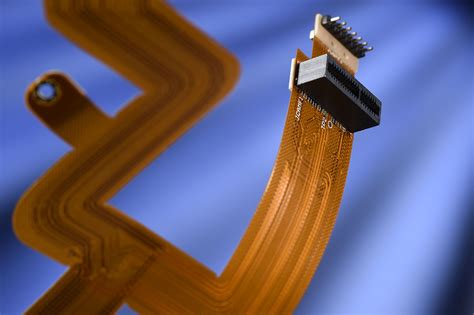
Innovations In Display Flex PCB Technology
In recent years, the field of electronics has witnessed remarkable advancements, particularly in the realm of display flex PCB (Printed Circuit Board) technology. This innovation has significantly transformed the design and functionality of electronic devices, offering unprecedented flexibility and efficiency. Display flex PCBs are essentially flexible circuit boards that can be bent, folded, or twisted without compromising their functionality. This adaptability has opened new avenues for the development of cutting-edge electronic devices, ranging from smartphones and wearable technology to advanced medical equipment and automotive displays.
One of the primary advantages of display flex PCB technology is its ability to conform to various shapes and sizes, which is a stark contrast to traditional rigid PCBs.
This flexibility allows for more compact and lightweight designs, which are crucial in the development of portable electronic devices. As consumer demand for sleeker and more ergonomic gadgets continues to rise, manufacturers are increasingly turning to flex PCBs to meet these expectations. Moreover, the reduction in weight and size does not come at the expense of performance; in fact, flex PCBs often enhance the reliability and durability of electronic devices by reducing the number of interconnects and solder joints, which are common points of failure in rigid PCBs.
In addition to their physical flexibility, display flex PCBs offer significant electrical advantages.
They provide improved signal integrity and reduced electromagnetic interference, which are critical factors in the performance of high-speed electronic devices. This is achieved through the use of advanced materials and manufacturing techniques that allow for precise control over the electrical properties of the circuit. As a result, devices equipped with flex PCBs can deliver superior performance, even in demanding applications.
The manufacturing process of display flex PCBs is another area where innovation has played a crucial role.
Traditional PCB manufacturing involves multiple steps, including etching, drilling, and plating, which can be time-consuming and costly. However, advancements in materials science and fabrication techniques have streamlined the production of flex PCBs, making them more cost-effective and accessible to a wider range of industries. For instance, the use of polyimide films and other flexible substrates has enabled the production of thinner and more resilient circuit boards, while additive manufacturing techniques have reduced material waste and production time.
Furthermore, the integration of display flex PCBs with other emerging technologies is paving the way for even more sophisticated electronic devices.
For example, the combination of flex PCBs with organic light-emitting diodes (OLEDs) has led to the development of flexible displays that can be rolled or folded, offering new possibilities for device design and user interaction. Similarly, the incorporation of sensors and other components onto flex PCBs is enabling the creation of smart textiles and other wearable technologies that can monitor health and environmental conditions in real-time.
In conclusion, the innovations in display flex PCB technology are driving a paradigm shift in the electronics industry. By offering unparalleled flexibility, improved performance, and cost-effective manufacturing solutions, flex PCBs are enabling the development of next-generation electronic devices that are more versatile, reliable, and efficient. As research and development in this field continue to advance, it is likely that we will see even more groundbreaking applications of flex PCB technology in the near future, further revolutionizing the way we interact with electronic devices.
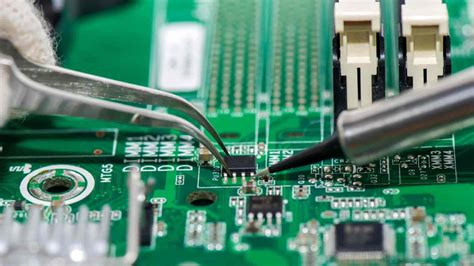
Applications Of Display Flex PCBs In Wearable Devices
Display flex PCBs, or flexible printed circuit boards, have become a cornerstone in the development of modern wearable devices. These innovative components offer a unique combination of flexibility, durability, and lightweight properties, making them ideal for the compact and dynamic nature of wearables. As the demand for wearable technology continues to grow, the applications of display flex PCBs in this sector are expanding, offering new possibilities for both consumers and manufacturers.
One of the primary applications of display flex PCBs in wearable devices is in smartwatches.
These devices require compact and efficient circuitry to accommodate their small form factor while maintaining functionality. Display flex PCBs allow for the integration of various components, such as sensors, processors, and display modules, into a single, flexible substrate. This integration not only reduces the overall size and weight of the device but also enhances its durability by minimizing the number of interconnections that could potentially fail. Furthermore, the flexibility of these PCBs enables the design of curved or contoured displays, which are increasingly popular in the smartwatch market for their aesthetic appeal and ergonomic benefits.
In addition to smartwatches, fitness trackers also benefit significantly from the use of display flex PCBs.
These devices are often subjected to rigorous physical activity and environmental conditions, necessitating a robust and reliable design. The inherent flexibility of display flex PCBs allows fitness trackers to conform to the contours of the human body, providing a comfortable fit while maintaining accurate sensor placement. This adaptability is crucial for ensuring precise data collection, such as heart rate monitoring and step counting, which are essential features of fitness trackers. Moreover, the lightweight nature of display flex PCBs contributes to the overall comfort and wearability of these devices, encouraging prolonged use by consumers.
Beyond personal fitness and health monitoring, display flex PCBs are also finding applications in the burgeoning field of medical wearables.
These devices, which include continuous glucose monitors and wearable ECGs, require highly reliable and precise electronic components to ensure accurate health data collection and monitoring. Display flex PCBs offer the necessary reliability and precision, as their flexible nature allows them to be integrated seamlessly into various form factors, including patches and bands that adhere directly to the skin. This capability is particularly important in medical applications, where device failure or inaccuracy can have serious consequences for patient health.
Furthermore, the use of display flex PCBs in wearable devices extends to augmented reality (AR) and virtual reality (VR) headsets.
These devices demand high-performance displays and sensors to deliver immersive experiences, and display flex PCBs provide the necessary support for these components. The flexibility of these PCBs allows for the integration of curved displays and complex sensor arrays, which are essential for creating a wide field of view and accurate motion tracking in AR and VR applications. Additionally, the lightweight and compact nature of display flex PCBs helps reduce the overall weight of headsets, enhancing user comfort during extended use.
In conclusion, the applications of display flex PCBs in wearable devices are vast and varied, driven by their unique properties that cater to the specific demands of this technology sector. From smartwatches and fitness trackers to medical wearables and AR/VR headsets, display flex PCBs play a crucial role in advancing the capabilities and functionality of wearable technology. As the industry continues to evolve, the importance of these flexible circuit boards is likely to grow, paving the way for even more innovative and sophisticated wearable devices.

